Art is vital to a well-rounded education. It enriches our lives and our minds and allows to engage with the world and each other on a deeper level. The benefits for students of low socioeconomic status is indisputable. Studies have shown that they have better academic outcomes and higher career goals. For many students participation in art is motivation for participating in school. It also presents students with another form of communication which can be vital for low performing students.
Last year my Humanities students and I began a journey. We pushed ourselves to explore and appreciate art through taking advantage of the wealth of offerings available to us as residents of New York City. We rode the subway to MOMA and The Met. We attended workshops at Cooper Hewitt and MAD. Our first steps were cautious, tentative. Unsure of where we going or how to get there, we were curious and open-minded. My partners for the first leg of the journey have graduated and gone on to high school. Hopefully they were enriched by the experience. I know that I was.
This year I have an opportunity to expand the program. I will be teaching an elective in which students will be viewing, analyzing and creating art. It’s titled “Art Exploration.” The goal is that we will visit several museums, look critically at art and examine how artists convey messages, meaning, and emotion using subject, content, color, and technique. An ambitious goal. Even more so considering I have no special training in art. What I do have is a deep and enduring appreciation, and an appetite to learn more. I am looking forward to inspiring the same in my students.
While this is an amazing opportunity, it is also a daunting one. As a non-artist, how can I introduce art in such a way as to keep the class fresh and interesting, without having it devolve into chaos? How can we achieve an atmosphere that is creative and challenging, yet safe? We need a space that allows students the freedom to take risks, assess, change assumptions and to make mistakes. I believe that the intersection of these ideas is where creativity lies. It is essential to form a space where students can relax and explore; where critiques are affirming and instructive, where the process is as important as the product. Our lessons should be a springboard not a directive.
As my students become increasingly familiar and informed about art, I hope that they will become more comfortable viewing and discussing art, and creating works of their own. Art should not be intimidating. It should be seen as an extension of our everyday life and making that connection will be essential. We are preparing students to be confident, creative, engaged citizens. Art is the vehicle to that destination.

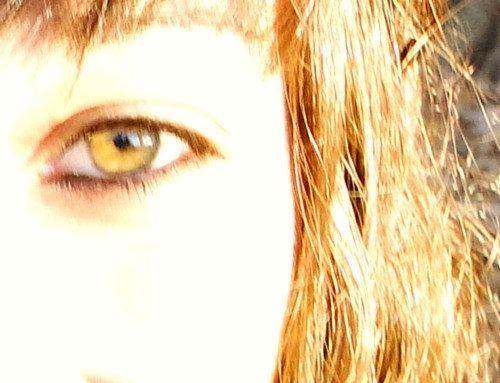
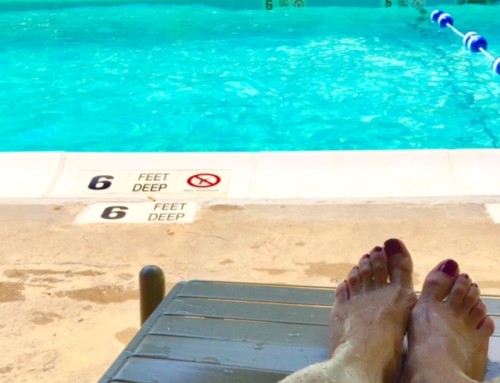
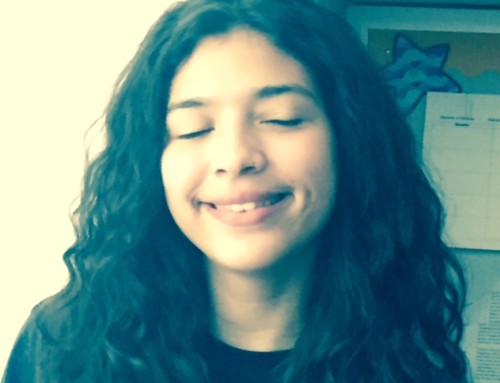

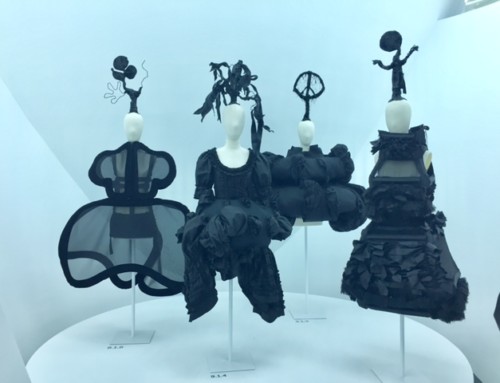
Leave A Comment